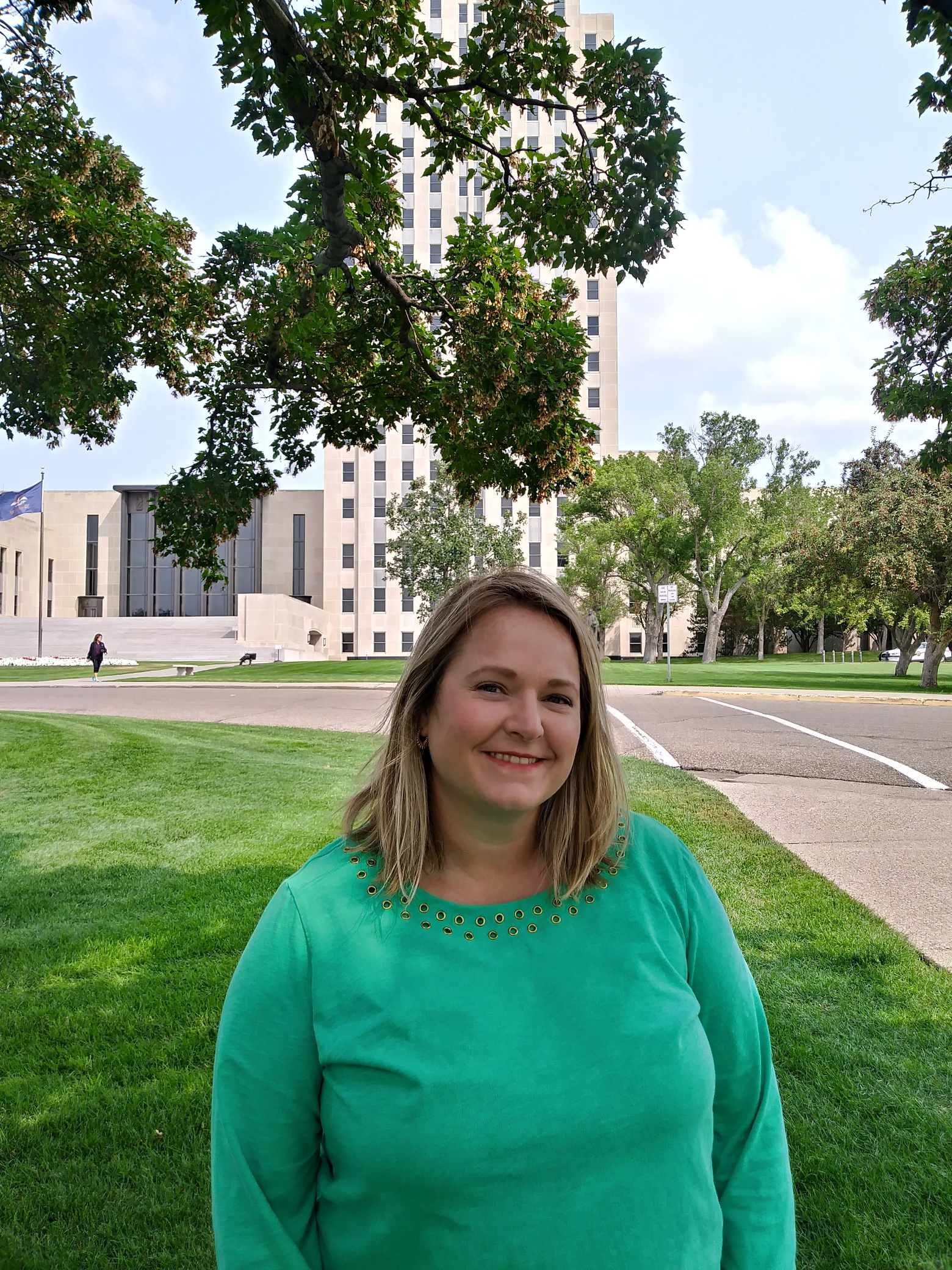
Respiratory therapists are mainly found working in hospitals, outpatient clinics, pulmonary rehabilitation programs, and home care.
But there are other career paths for therapists too, and one that hasn’t gotten a lot of attention is the public health department. Kara Backer, MBA, RRT, CTTS, is a great example of how RTs can fit into this setting.
EHR experience pays off
An 18-year veteran of the profession, Backer worked in patient care at a hospital in her home state of North Dakota until just a few years ago when an opportunity arose at the North Dakota Department of Health (NDDoH).
“I decided to leave patient care to improve my work-life balance, because the shift work schedule became too stressful,” Backer said. “My experience with electronic health records (EHR) documentation and workflow was beneficial to my transition into my role at NDDoH.”
EHRs are used by several health systems in North Dakota to send bidirectional e-Referrals to the state quitline, NDQuits, and her knowledge of these electronic records figured into the decision to hire her for the job.
For the past three and a half years, she’s been serving as the health systems coordinator in the NDDoH’s Tobacco Prevention and Control Program.
“As a certified tobacco treatment specialist, I am a cessation resource and I coordinate grants to health systems to implement and expand tobacco treatment,” Backer said.
Right now she’s one of two RTs who work for the NDDoH.
RT background invaluable
Backer says her background as a respiratory therapist has been invaluable to her in her new role because the NDQuits Cessation Grant Program began by incorporating tobacco treatment delivered by RTs into hospitals.
“Many of my grantees’ staff are respiratory therapists, and I can relate to their workload, workflow, and other experiences,” she said.
She says making the move to the state department of health was right for her.
“Ten years ago, I was working in a busy Level I trauma hospital and would not have imagined myself working in an office,” Backer said. “My workdays are definitely different — I don’t see patients every four hours and a lot of communication is through emails rather than face-to-face. Now I use my critical thinking skills by reviewing data to make improvements to grant programs instead of assessing patients to improve therapies.”





